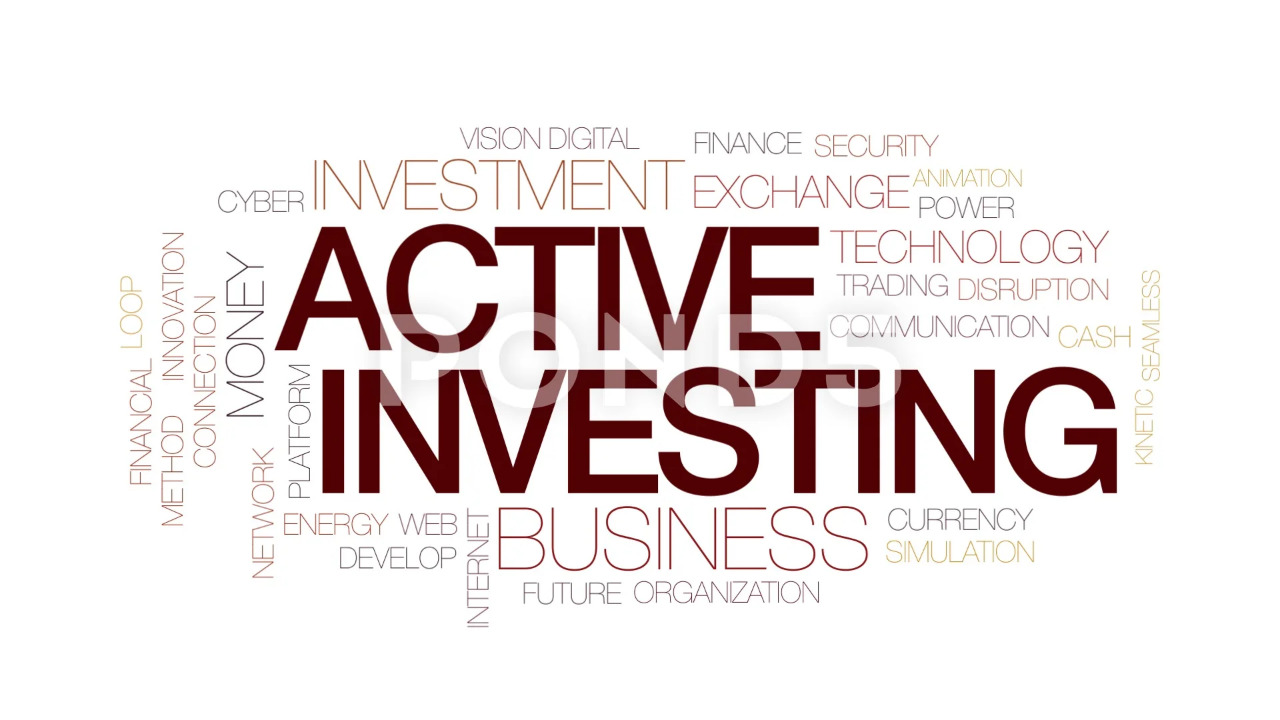As investors and financial advisors tend to prefer one technique over the other, any conversation regarding passive vs active investing may rapidly develop into a fiery disagreement. However, despite the fact that investors increasingly favour passive investment, there are reasons supporting the advantages of active forms of investing. Active investing necessitates taking a practical strategy, which is often carried out by a financial advisor or another kind of player considered to be active. When engaging in passive investing, individuals often purchase index funds or other mutual funds rather than actively trading stocks and other investments. Even though both investment strategies may be profitable, passive investment strategies have been more successful in attracting investment capital.
The past trends of investment
Throughout the course of history, passive strategies have generated a greater return on investment when compared with active options. Active investing is seeing a resurgence in popularity after a period of decline, especially in times of extreme market volatility. Visit leyland.com.au to benefit from experienced financial managers who can help you make profitable investments.
Active investment

Active investment involves taking a hands-on strategy and necessitates the employment of a financial consultant. Active financial planning seeks to outperform the average returns of the stock market while simultaneously capitalizing on the opportunities presented by short-term price volatility. It requires a far more in-depth study, as well as the skill to understand when and how to rotate assets, stocks, or bonds. A financial adviser will often be in charge of supervising a group of experts. These experts will first consider different variables to determine and predict the changes in prices in the market.
Benefits
Active managers don’t have to adhere to a specified index. The stocks are available for purchase as required. When the concerns are too serious, portfolio managers might abandon certain shares or investments and use tactics like put options to protect their holdings. It doesn’t matter how well their own investments do; passive investors are bound to keep the same investment as the index they follow.
Passive investment

When you participate using a passive strategy, you do it for a long-term period. Since passive investing requires little amounts of buying and selling activity in their investments, this kind of investing strategy results in relatively low transaction costs. A buy-and-hold approach to thinking is required for passive investment options. This means avoiding giving in to the desire to react or try to predict each new move presented in the stock markets.
Benefits
Since no one is evaluating stocks, the cost of supervision is significantly reduced. The index that the passive funds use as their reference is simply followed. One benefit of investing in an index fund is that its investments are transparent. Their investment approach does not often result in a significant increase in the annual capital gains tax payment.
All these matters explained above can help you plan your next investments effectively, keeping in mind the advantages of both passive and active forms of investment.
